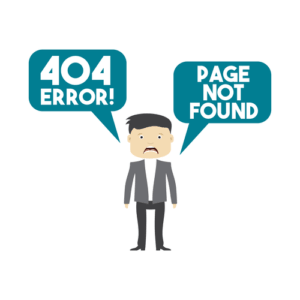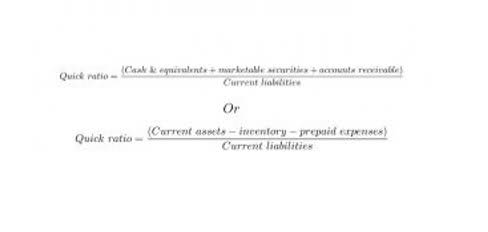14 Mar Unlocking the Mystery: Notes Payable vs Accounts Payable

The main difference between notes payable and other long-term debt lies in the duration of the financial commitment. While some notes payable obligations have shorter terms, extending less than a year, others can stretch significantly longer, reaching up to thirty years. This prolonged obligation can pose challenges for a company’s cash flow, potentially leading to financial strain. To make the best use of this strategy, you need strong visibility into procurement activities, and a granular understanding of your current liabilities.
AP Automation Tour
When it comes cash flow to managing accounts payable, one crucial aspect is invoice processing. This involves the steps taken to review and approve invoices from vendors or suppliers before making payments. Payment terms play a crucial role in both accounts payable and notes payable. They define the timeline for when payments are due to vendors, suppliers, or lenders. These terms can vary widely depending on the nature of the transaction and the parties involved. In contrast, notes payable typically have longer repayment periods and fixed terms, making them easier to plan for and manage.
Improves financial reporting and decision-making

Short-term notes payable, also a current liability but often involving interest, impact cash flow forecasts and debt servicing costs, influencing a company’s overall financial health and obligations. From invoicing to tracking business expenses or managing staff tasks, you can easily manage every single business activity. The custom invoice software for your business for Accounts receivable and accounts payable Accounting Security management lets you keep a track of every penny that is either owed to you or that your business owes. 30+ online payment gateways help to receive payments from the global clientele without much hassle and cash flow super smooth. The additional features of grouping taxes or sending invoices in any language that your client prefers help retaining an interest in the business and road to success a little less of a hassle. By optimizing your accounts payable processes, you can improve cash flow management and maintain healthy relationships with vendors and suppliers.

The role of accounts payable and notes payable in a P2P process
- AP, on the other hand, relies on informal agreements, such as invoices, for routine expenses.
- However, there’s a possibility to convert an accounts payable obligation into notes payable when needed.
- This straightforward structure is ideal for short-term financing needs, especially when the borrower expects adequate cash flow to cover the repayment.
- But understanding both principles is key to managing debt and making on-time payments.
- Leverage Cash Flow Forecasting in APPredictive forecasting helps companies make smarter decisions about when to schedule payments, improving cash flow management.
- In the business world, accounts and notes payable are commonly used for different purposes.
The store approves the financing and issues a promissory note with the loan details, like the interest rate and the payment timeline. Notes payable are loans a business borrows, listed as liabilities on the balance sheet with notes payable vs accounts payable specified repayment terms. When your company orders supplies without immediate payment, it creates a liability recorded as an account payable. When a business takes out a loan from a bank, it agrees to specific payment terms that include principal and interest amounts. Notes payable are debt instruments used by companies to manage large purchases or investments that cannot be paid for immediately.

- The cost of borrowing money through notes payable quickly adds up and impacts a company’s profitability.
- Many businesses operate across several sites and via separate departments that replicate similar activities.
- Businesses must carefully assess whether financing will generate sufficient revenue to justify the liability.
- Examples of notes payable in business loans include term loans for equipment purchase or expansion.
- In this article, we’ll explain exactly what the differences between notes payable and accounts payable are and provide you with real examples of each.
- Using LTNP credit, you improve everyday control while building products and features to increase future revenue.
A business will issue a note payable if for example, it wants to obtain a loan from a lender or to extend its payment terms on an overdue account with a supplier. In the first instance the note payable is issued in return for cash, in the second they are issued in return for cancelling an accounts payable balance. A retail store will use accounts payable to manage its short-term debts to suppliers for inventory purchases. But that same store might take out a note payable to finance a storefront renovation or expansion into a new location.

Recognizing their distinct roles and strategic value allows businesses to navigate their financial operations more effectively, ensuring stability and facilitating growth in a competitive marketplace. By applying these strategies, companies can enhance their financial decision-making and position themselves for long-term success. Notes Payable are crucial for managing larger financial commitments, offering a structured way to secure funding with clear repayment terms. They play a key role in strategic financial planning, enabling businesses to leverage opportunities for growth and expansion. Because the liability no longer exists once the loan is paid off, the note payable is removed as an outstanding debt from the balance sheet.




No Comments